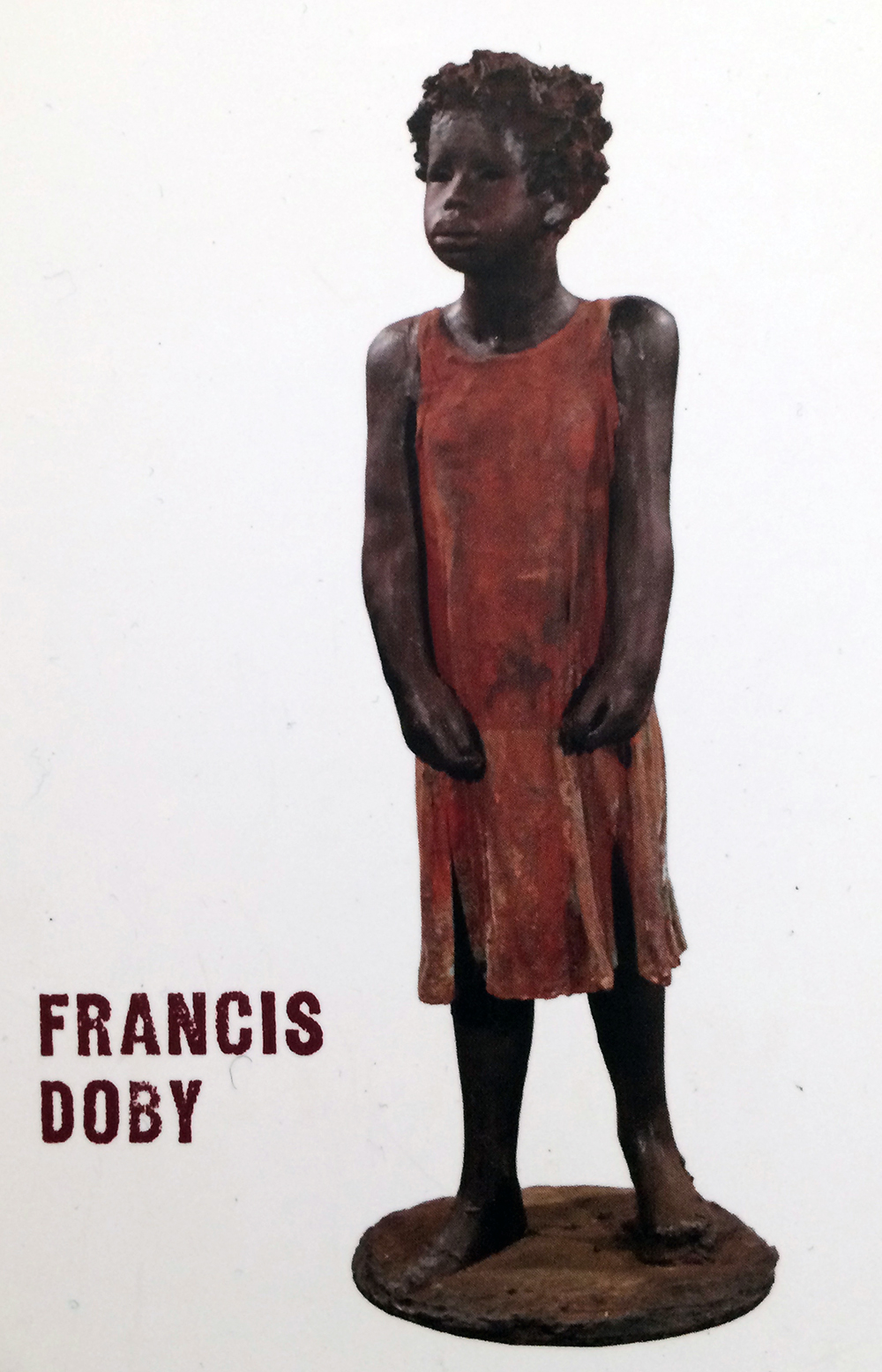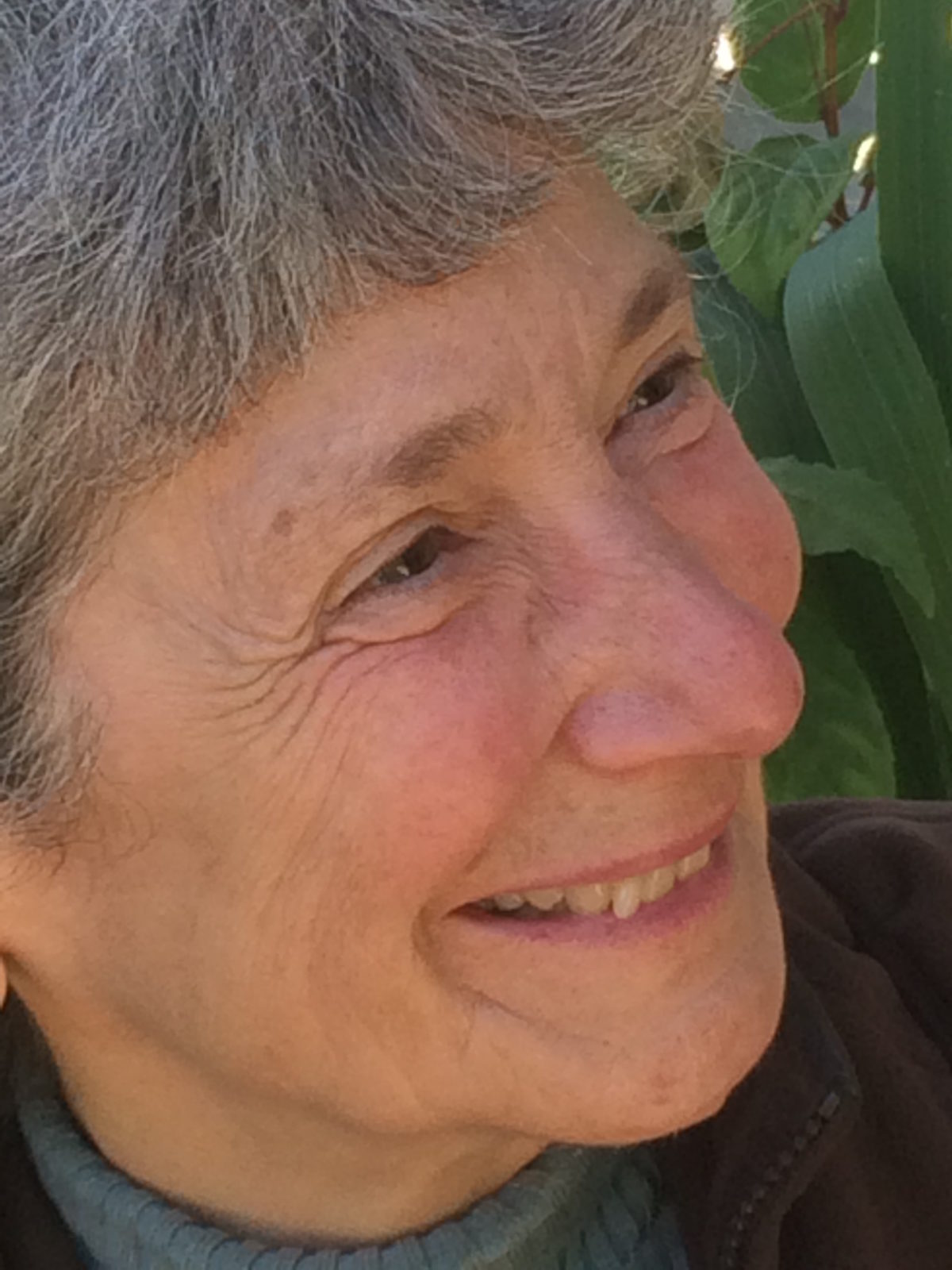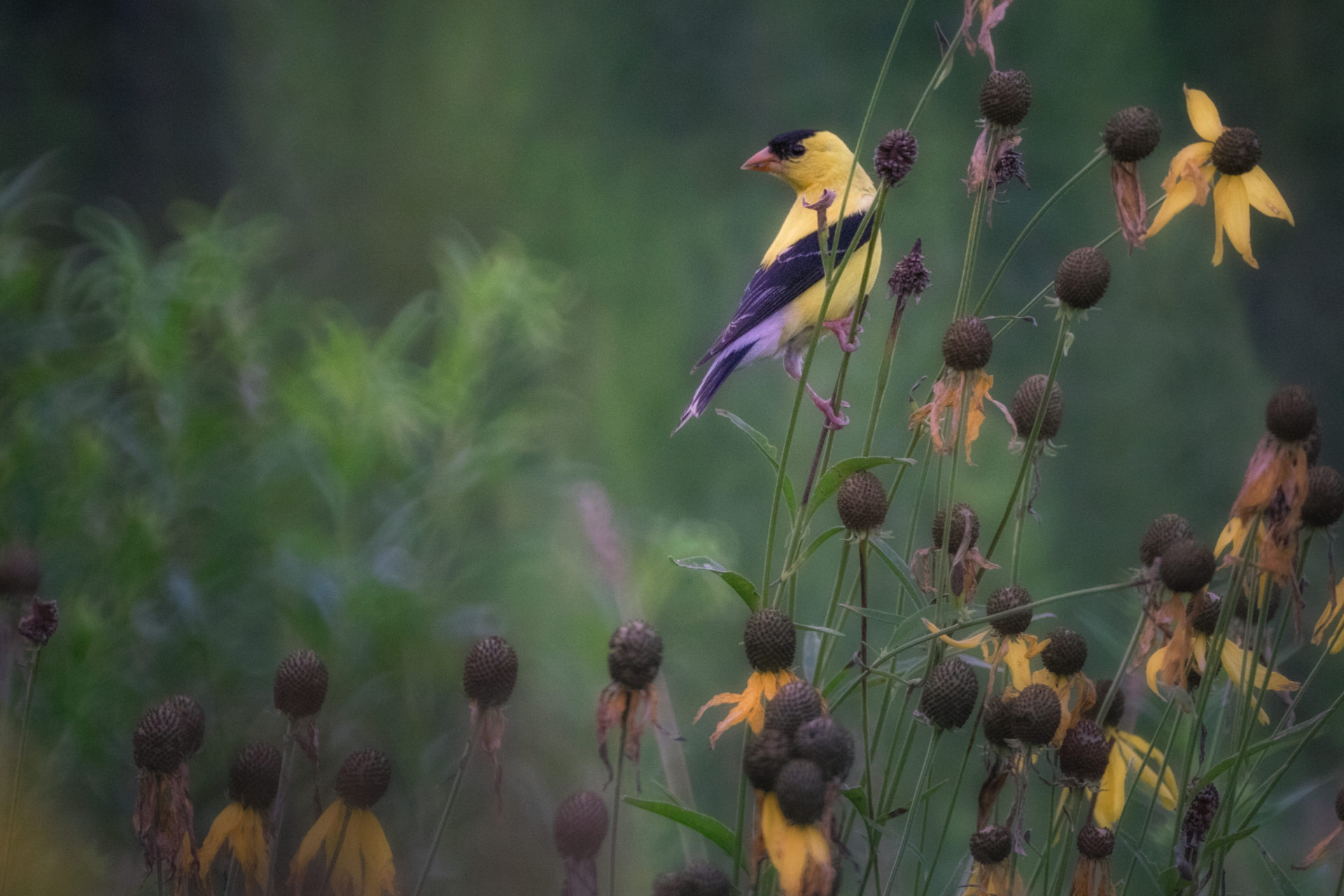
Francis Doby. I read the name on the card I received as I entered the Whitney Plantation near New Orleans on the first day of our Mindful Peacebuilding Roots Retreat. Here I was, a white seventy-year-old woman with Jewish roots in Latvia, Germany, and Russia, having walked at Auschwitz with the Zen Peacemakers Retreat, having walked with Thay Phap An at Yad Vashem in Israel,

Francis Doby. I read the name on the card I received as I entered the Whitney Plantation near New Orleans on the first day of our Mindful Peacebuilding Roots Retreat. Here I was, a white seventy-year-old woman with Jewish roots in Latvia, Germany, and Russia, having walked at Auschwitz with the Zen Peacemakers Retreat, having walked with Thay Phap An at Yad Vashem in Israel, walking now in New Orleans with the mahasangha.
Francis Doby was to be my companion as I walked together with my Roots Retreat friends at the Whitney, the first plantation in the United States to tell the story of slavery and not just the story of the big house and beautiful grounds. I held the card in my two hands and breathed deeply, connecting with this unknown child, Francis. He had been enslaved until the Emancipation Proclamation. At one hundred years old, he was interviewed during the 1930s as part of the Depression-Era Federal Writers Project. This project produced the Slave Narratives, more than 2,300 first-person accounts of slavery, which is now available on the Internet. I read the quote on the back of the card: “Out in de camp near da cane fields, de ole, ole women too old to work and too old to make de babies, dey stay an mind de young chilens …”
Francis was with me as we stopped first at the small church where statues of slave children, sculpted by Woodrow Nash, stood and sat in the pews. There in the church was the statue pictured on my card. Recognizing it, I felt strangely connected and moved. Francis was with me as we stopped for some minutes in silence before the Gwendolyn Midlo Hall Wall of Honor, dedicated to 107,000 people enslaved in Louisiana and documented in the “Louisiana Slave Database.” Etched in stone were the names of Africans enslaved and working on plantations. For most, there were only first names. People “inventoried” as property along with the price they might bring when sold were not seen as requiring further identification by their owners, the guide told us. Breathing in … breathing out … we continued to the slave quarters … the jail … and the Field of Angels, dedicated to 2,200 enslaved children who died before their third birth date. Their names, too, are engraved on granite slabs.
Justine Kelly, one of the young writers in a New Orleans high school creative writing class that visited the plantation, put into words what I was feeling, in Talking Back to History, a book the class put together about their experience. “The experience of visiting the Whitney plantation was overwhelming … I felt like the slaves’ spirits were there, watching over us … I thought about how these people went through being terrified every day.” Yes. Breathing in, breathing out.
I was grateful for our practice. Walking with Sangha in this place, mindfully honoring these ancestors together, I realized again the power of place. Francis Doby was with me on the last day of our retreat. The six of us sat together for our check-in and closing circle. We placed our cards in the middle of the circle along with healing gathas from Thay’s Present Moment, Wonderful Moment. Francis Doby, Hunton Love, Pauline Johnson, John McDonald, Julia Woodrich, Mary Harris. We read each name and the quote on the back of each card and then sounded the awakening bell. Breathing together, listening to the bell, healing together.
Francis Doby continues to be with me, on this Fourth of July as I am writing. This afternoon at our mindful holiday gathering, we explored the meaning of the pledge of allegiance and the final phrase: with liberty and justice for all. Francis Doby was with us in the circle. And he will continue to be present, wherever I am.

Lyn Fine, True Goodness, received Lamp Transmission at Plum Village in 1994. Lyn is currently addressing racial equity and white awareness practice in ourselves and our Sanghas through the ARISE – Awakening through Race, Intersectionality, and Social Equity – Sangha in the Plum Village community. Intersectionality is the interconnected nature of social categories such as race, gender, and class, which create overlapping systems of discrimination.

